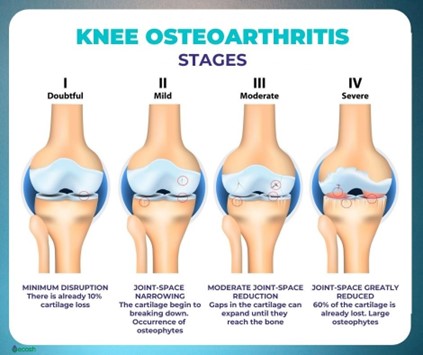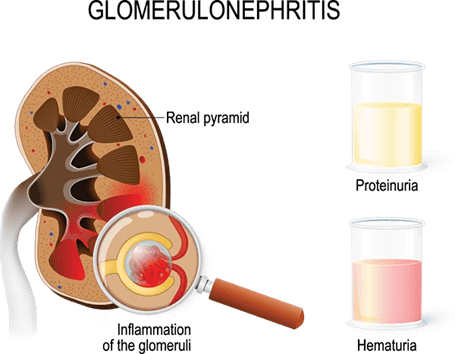A nurse is reinforcing discharge teaching with an older adult client who has osteoarthritis. Which of the following statements by the client indicates an understanding of the teaching?
"I will apply cold compresses when my joints are painful."
"I will limit purine intake in my diet."
"I plan to take water aerobics classes at the gym near my house."
"I will avoid the use of ibuprofen for pain control."
The Correct Answer is C
The statement by the client that indicates an understanding of the teaching is "I plan to take water aerobics classes at the gym near my house." Exercise is an important part of managing osteoarthritis, and water aerobics is a low-impact exercise that can help improve joint mobility and reduce pain.
Option a is incorrect because applying cold compresses may not be the most effective way to manage pain associated with osteoarthritis. Heat therapy is often more effective for this condition.
Option b is incorrect because limiting purine intake in the diet is recommended for clients with gout, not osteoarthritis.
Option d is incorrect because ibuprofen can be an effective pain reliever for clients with osteoarthritis.

Nursing Test Bank
Naxlex Comprehensive Predictor Exams
Related Questions
Correct Answer is C
Explanation
c. Periorbital edema.
Explanation: Acute glomerulonephritis is an inflammatory condition affecting the glomeruli of the kidneys. It is commonly characterized by periorbital edema, which is swelling around the eyes. This occurs due to fluid retention and impaired kidney function. Other common manifestations of acute glomerulonephritis include hypertension (increased blood pressure), dark or tea-colored urine (hematuria), decreased urine output, and signs of fluid overload such as edema in the hands, feet, and face.
Option a, decreased blood pressure, is not typically seen in acute glomerulonephritis. Instead, hypertension is a common finding due to fluid retention and increased blood volume.
Option b, pale yellow urine, is not expected in acute glomerulonephritis. Instead, urine may appear dark or
tea-colored due to the presence of blood (hematuria).
Option d, increased urination, is not a characteristic finding in acute glomerulonephritis. Instead, there is often a decrease in urine output or oliguria.
It is important to note that individual presentations may vary, and the nurse should consider the complete clinical picture and the child's specific symptoms when assessing for acute glomerulonephritis.

Correct Answer is C
Explanation
C. Weigh the client each morning after voiding: Weighing the client in the morning after voiding is the standard practice for monitoring weight in clients with anorexia nervosa. This helps ensure consistency in the measurement of weight, as fluctuations throughout the day (due to food, fluid intake, etc.) can affect the accuracy of weight assessment.
Whether you are a student looking to ace your exams or a practicing nurse seeking to enhance your expertise , our nursing education contents will empower you with the confidence and competence to make a difference in the lives of patients and become a respected leader in the healthcare field.
Visit Naxlex, invest in your future and unlock endless possibilities with our unparalleled nursing education contents today
Report Wrong Answer on the Current Question
Do you disagree with the answer? If yes, what is your expected answer? Explain.
Kindly be descriptive with the issue you are facing.
